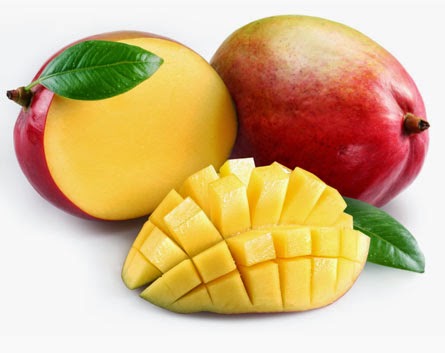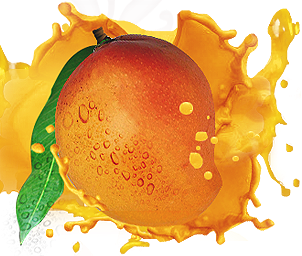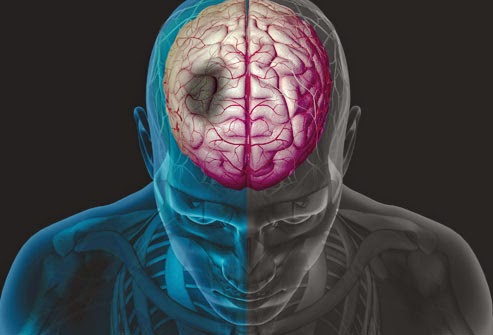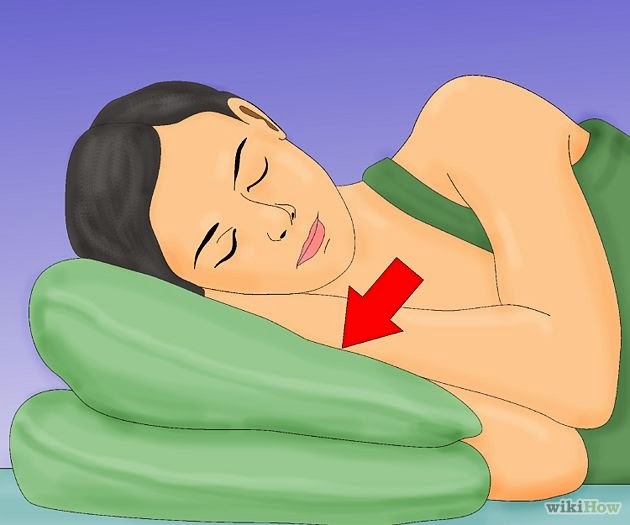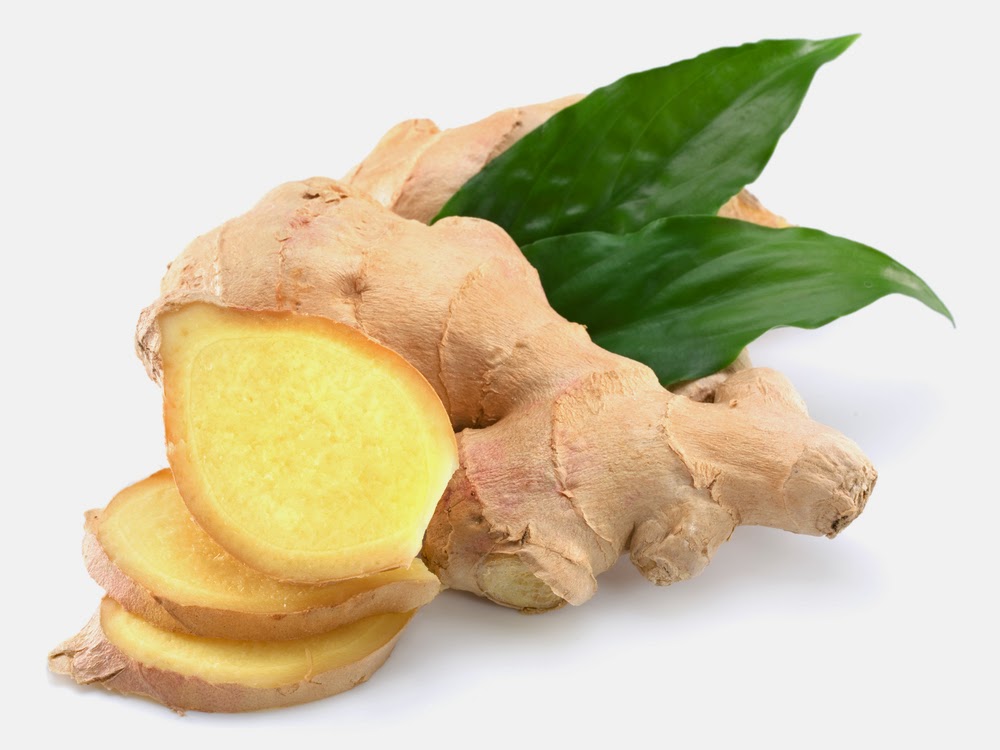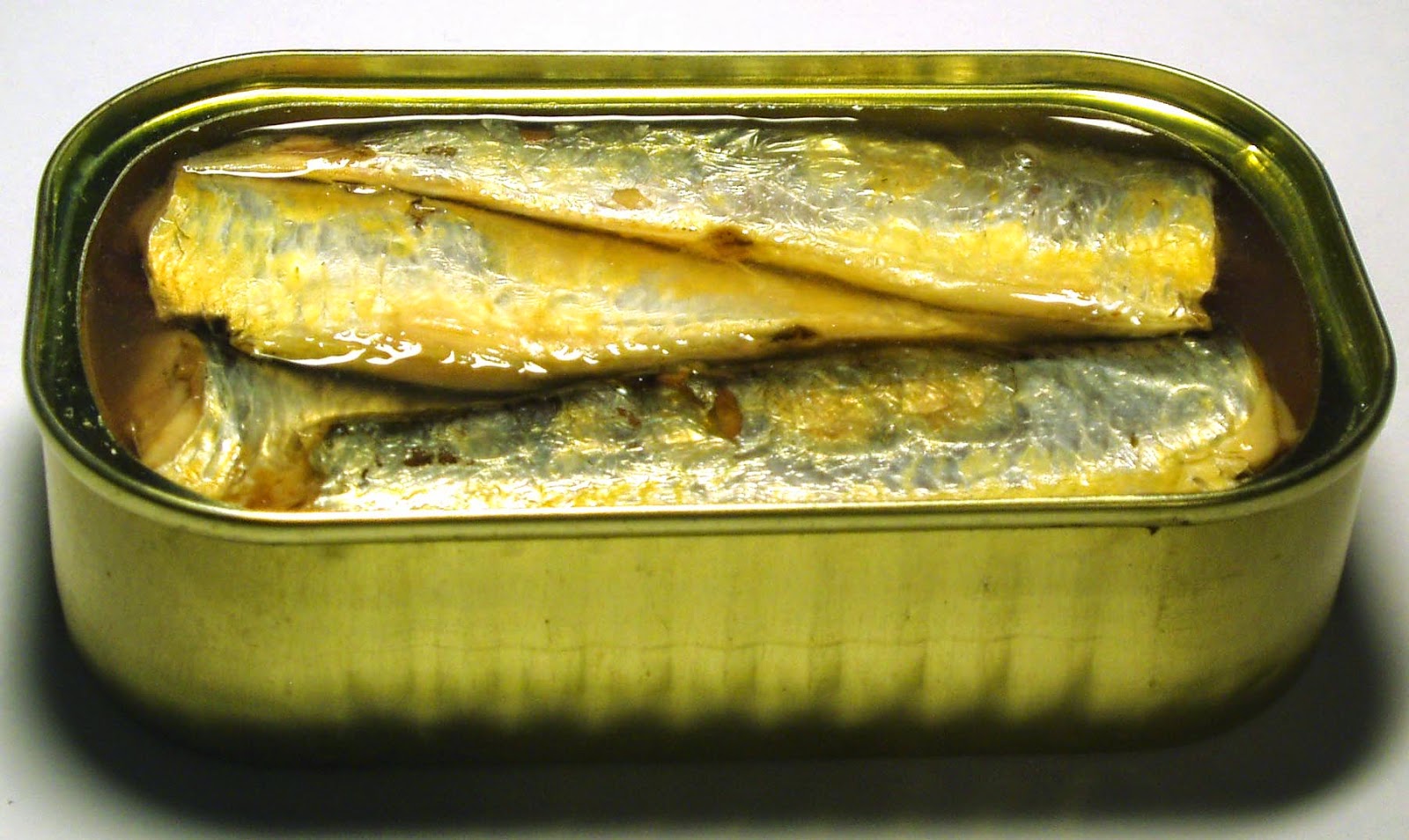Mangoes: one of my very personal favorites is in season now (YIPEE), well I thought I’d dish you guys a profile on what you stand to gain from these yellow beauties. Be sure to thank me later *winks*
Health benefits of consuming mangoes
(adsbygoogle = window.adsbygoogle || []).push({});
*Put mango into your glass of lemonade, fruit punch or iced tea or water for a burst of fresh fruity flavor.
*Add a few slices of frozen mango to your smoothies. Combine with pineapple juice, frozen strawberries and Greek yogurt for a sweet tropical treat.
- Mangos, especially the green ones, contain anacardic acid, which can cause a reaction similar to latex allergy.
- Mango peel and mango sap contain a chemical called urushiol, which is found in poison sumac and poison ivy, which can cause allergic reactions in susceptible people.
- Some vendors use calcium carbide to make mangos ripen faster. However, this substance can cause health problems, so before eating inorganic mangos, wash them thoroughly before consuming.

